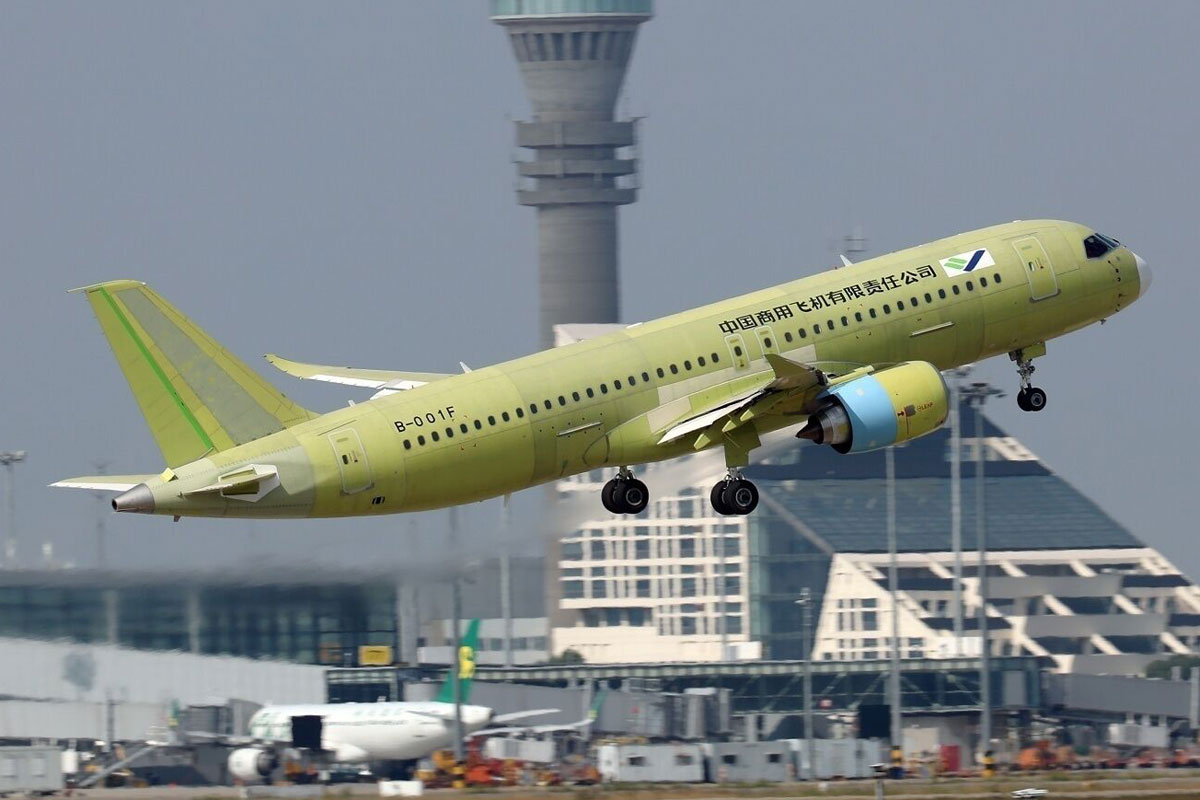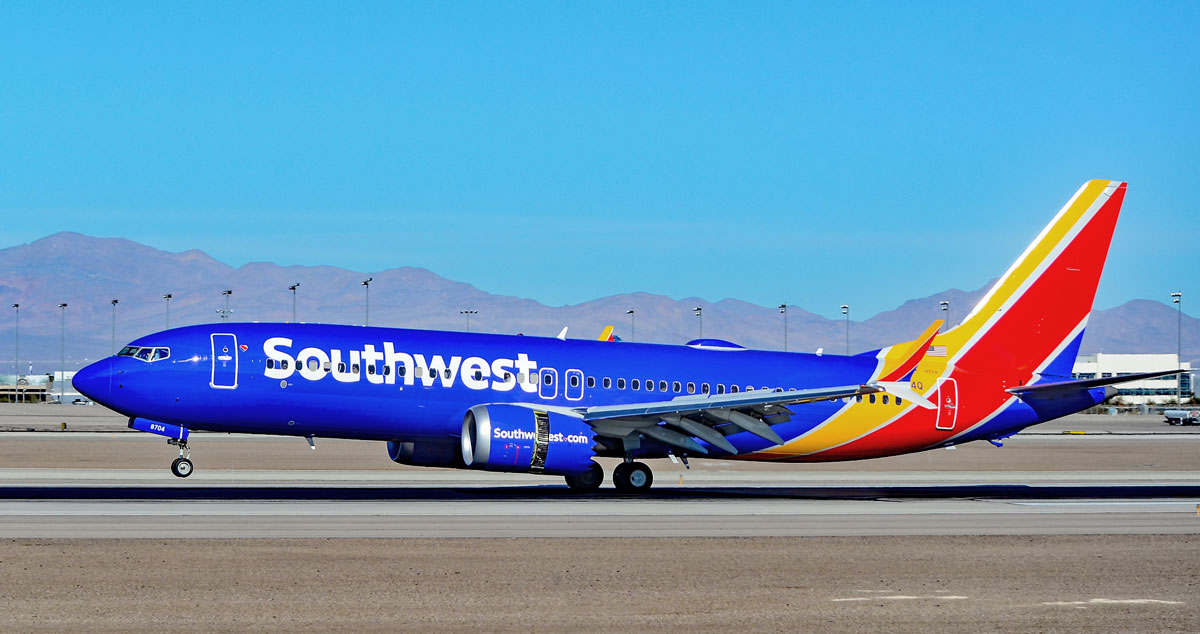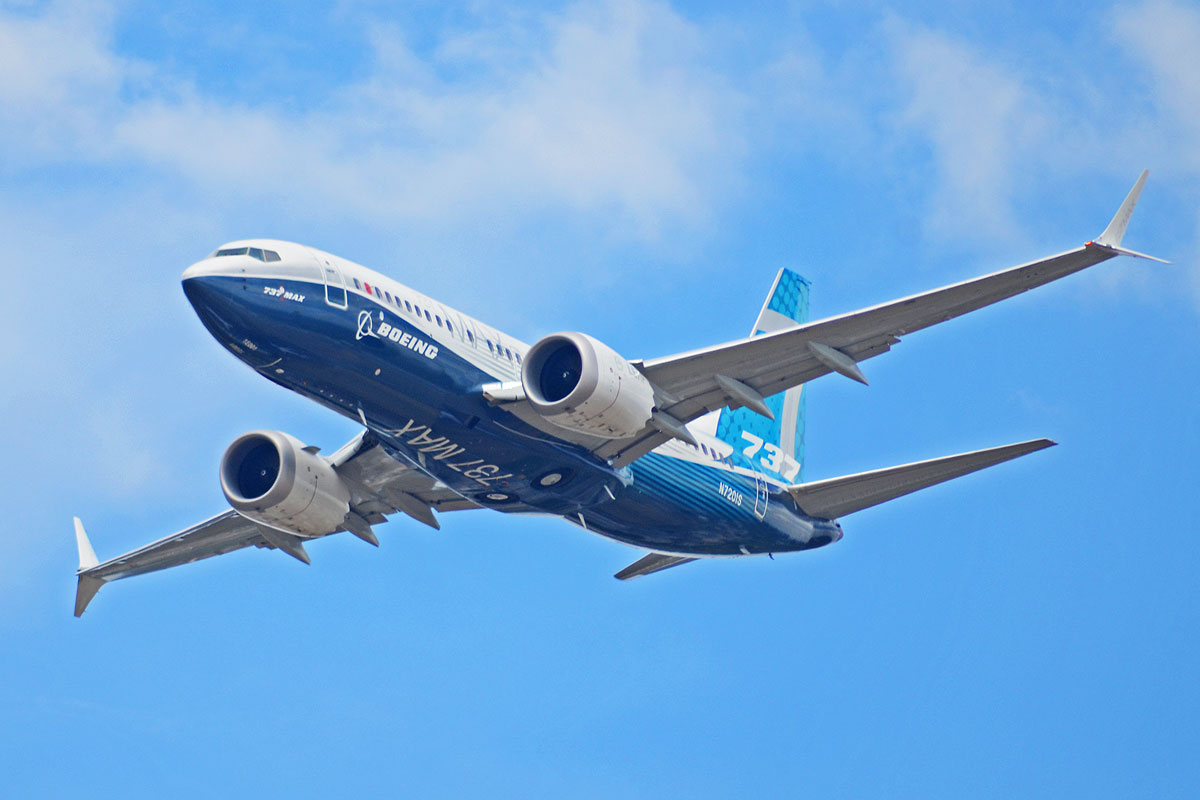Nearly a year after the crash of the Lion Air Boeing 737 MAX 8, Indonesia’s air accident investigators committee released its final report on the crash of the aircraft on October 29, 2018. The 322-page document points out that failures of the Boeing, the airline and the pilots caused the disaster that killed 189 people.
“As far as we know, there are nine things that contributed to this accident. If one of the nine had been avoided, the accident might not have happened,” Indonesian air accident investigator Nurcahyo Utomo told a news conference.
Five months after the Lion Air jet crash, another 737 MAX from Ethiopian Airlines crashed near Addis Ababa, Ethiopia, killing all 157 occupants on board, leading to the worldwide shutdown of the 737 MAX.
The report points out that the jet should not have taken the fatal flight because of a previous cockpit problem. However, as the problem was not properly recorded by the company’s crews, the plane was allowed to take off without correction, the Indonesian authorities said.
Another flaw pointed to a crucial sensor, purchased from a Florida company, had not been properly tested by Boeing, according to the report. Moreover, it was a unique system without redundancy.
This sensor provided information to the aircraft’s Maneuvering Characteristics Augmentation System, the MCAS. The malfunction of this software has been the focus of investigators to find the cause of the crashes of Lion Air and Ethiopian Airlines.
The MCAS is a flight control system that is designed to assist crew in specific conditions. The program adjusts the horizontal stabilizer to lower the nose of the aircraft when a possible aerodynamic stall (loss of lift) situation is detected based on data from the airspeed, altitude and angle of attack sensors of the aircraft.
Indonesian experts identified problems with the system, which repeatedly pushed the nose of the Lion Air plane as pilots tried to regain control. Situations like this are also cited in the investigation into the Ethiopian Airlines 737 MAX crash.
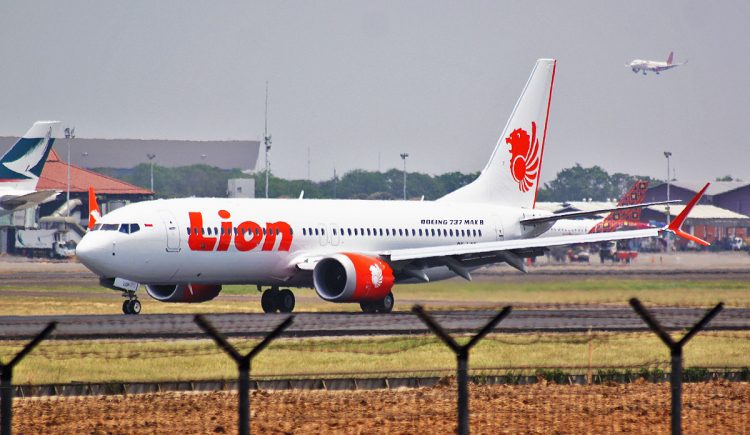
The report also found that the co-pilot, when taking command of the aircraft, had difficulty executing a list of procedures that he should have memorized.
The finalized document also confirmed that the aircraft maintenance record was missing 31 pages. Previously, Indonesian officials had warned that design problems and mechanical failures were key factors in the crash of the JT610.
Boeing CEO Dennis Muilenburg said there was a sequence of events that resulted in the Lion Air crash. But at the heart of this chain was the MCAS, a control system that pilots were unaware of and vulnerable to a single sensor failure.
The Indonesian authorities’ finding indicates serious flaws in Lion Air operations, but also suggests that Boeing and the 737 MAX-certified regulators allowed the defective control system to be approved in this way.
Boeing Statement
In a statement, Boeing said it was meeting the recommendations of the Indonesian Investigation Committee, which calls for the redesign of the MCAS and the provision of appropriate information in pilot manuals and training.
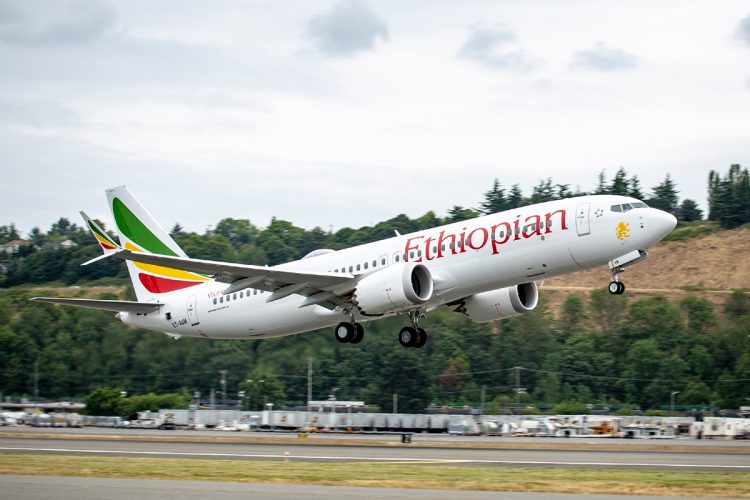
The manufacturer said it is “taking actions to enhance the safety of the 737 MAX to prevent flight control conditions that occurred in this accident from ever happening again.”
“Since this accident, the 737 MAX and its software are undergoing unprecedented level of global regulatory oversight, testing and analysis. This includes hundreds of simulator sessions and test flights, regulatory analysis of thousands of documents, reviews by regulators and independent experts and extensive certification requirements, ”says the manufacturer’s report.
The pressure on Boeing to explain the problems with the 737 MAX has been intensifying. This month, a company document revealed that MAX pilots had exchanged messages about MCAS failures while the plane was being certified in 2016 and the defect was not reported to the FAA – the MAX series debuted in May 2017.
Boeing reports that it already has a fixed version of MCAS and sensors for the 737 MAX and is “working with the US Federal Aviation Administration (FAA) and other global regulators to make software updates and other changes” to safely return the aircraft to market.
The return of the 737 MAX is still uncertain and has no date set, although Boeing has already pointed out that it must have released the plane by the end of this year. MAX’s new certification process is causing points of contention between the FAA and EASA, the European civil aviation agency, which intends to do a separate certification process with other requirements.


